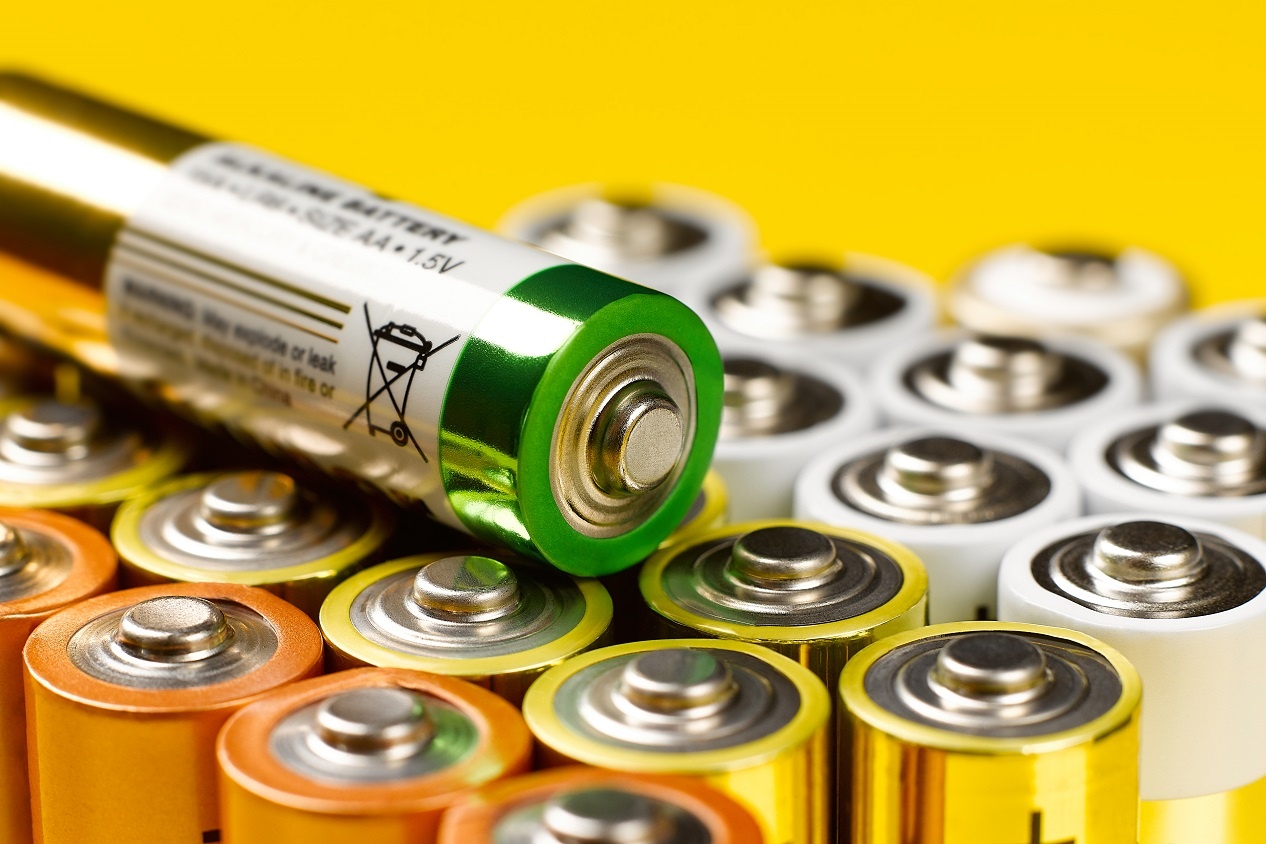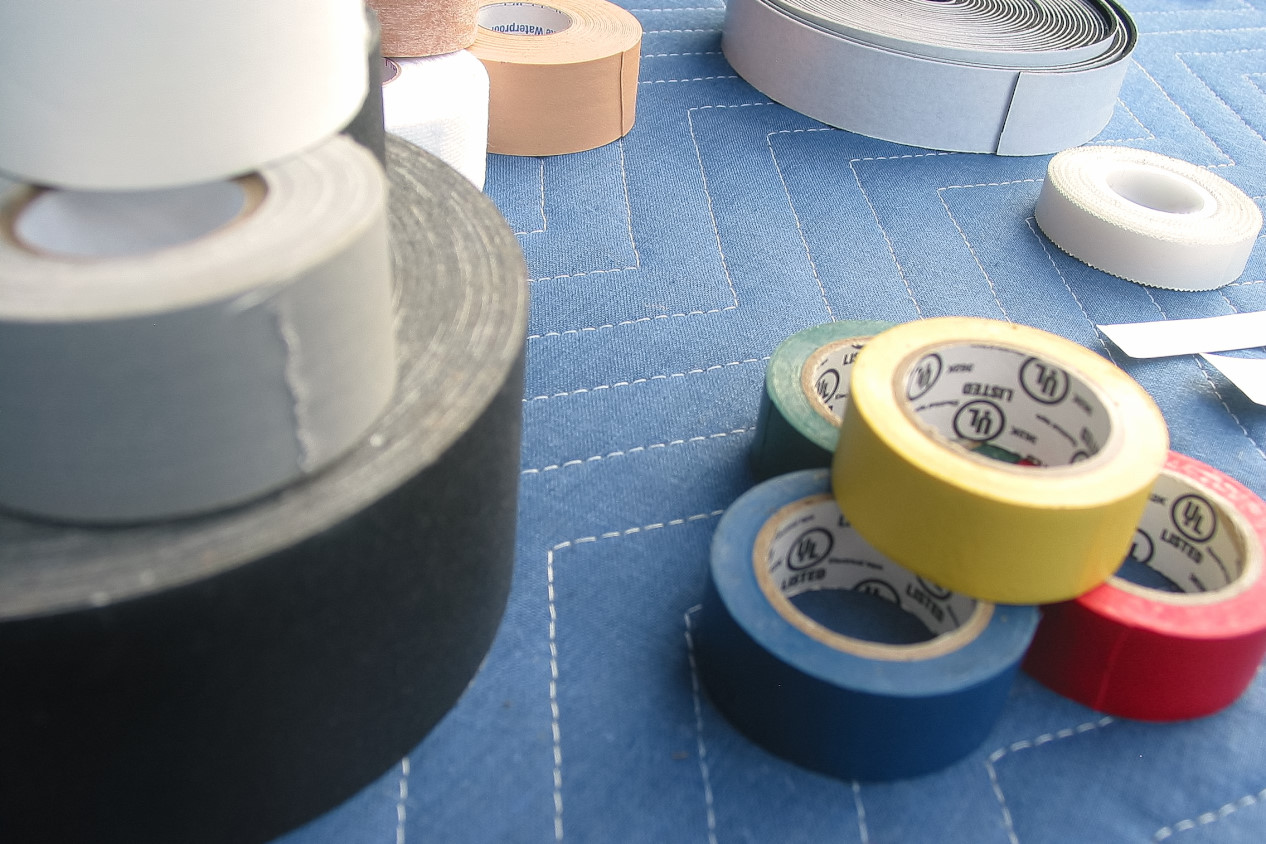Summary
During the course of doing location sound work, I’ve tried a variety of AA battery options to power wireless transmitters/receivers and as a backup supply for my mixer. These are the options that I would recommend.
- Lithium non-rechargeables for hectic shoots and mixer backup power
- Eneloop Pros or IKEA LADDA NiMHs for daily rechargeables
- Permanent battery eliminators for equipment that stays on your bag
| AA Battery Type | Pros | Cons |
|---|---|---|
| Alkaline | low cost, good low-current drain performance | potential leakage, poor high-current drain performance |
| Standard Rechargeable NiMH | good charge retention | moderate capacity, significant labor, moderate investment |
| Pro Rechargeable NiMH | good capacity, moderate charge retention | reduced life-cycles, significant labor, moderate investment |
| Rechargeable Lithium | yet to be determined | moderate usable capacity |
| Non-rechargeable Lithium | high capacity | high cost |
| Battery eliminator | saves considerable labor once in place | moderate difficulty setting up, moderate investment |
Alkaline – Non-rechargeables
Alkaline batteries are among the most commonly available in the AA form factor. Although they do provide reliable power, one of the downsides that I have experienced is that some models are prone to leakage. Because professional sound gear is relatively expensive, I don’t really trust leaving them in my devices for extended periods of time. There are professional versions available at a higher cost, but as of yet, I haven’t been able to say they are worth the added expense compared to other alternatives.
NiMH – Rechargeables
Most location sound gear (transmitters/receivers) has a current drain rate of at least 150 ma/hr. The higher the current drain rate the less ideal that alkaline cells perform. NiMH rechargeables have come a long way since their initial appearance on the market. My initial attempts at using them left a lot to be desired. In the past, companies promoted quick chargers which had the effect of causing permanent damage to the battery cells. I wound up with a lot of batteries that didn’t perform anywhere near the claims made.
Since that time, the quality and capacity of rechargeable NiMH batteries has improved. New information regarding safe charging rates has also come to light. There are currently two NiMH brands that I’m willing to use at this point: Panasonic Eneloops or as an alternative IKEA LADDAs. For location sound work, the higher capacity models are what I prefer, but this comes with the drawback of a reduced number of life-cycles. There are likely other brands and models worth using, but my past experiences have left me somewhat skeptical.
One of the drawbacks of this option is the labor involved in changing the batteries and the process of charging them overnight. When you have a lot of devices to power, the amount of time involved can become significant. Buying quality chargers can also require a sizeable initial investment. I have had good success with the Opus brand BT-C3400 (4 cell charger). There are other brands out there that will charge 8-12 cells at a time, but they lack some of the features of the BT-C3400 that I consider essential: changing the charge current, capacity testing, discharge/refresh capability, and independent channel operation.
Lithium – Rechargeables
The only experience or information I have regarding rechargeable Lithium batteries in the AA form factor is from wikipedia and forum posts around the web. The ones that are currently available opt to waste the energy away in order to provide power in the AA voltage range. With the loss of capacity due to energy wastage, the remaining power capacity does not seem to have an advantage over NiMH rechargeables. Additionally, some people have reported that the circuitry in the cells has caused problems with their wireless transmitters. This makes me hesitant to buy at this point.
Some wireless manufacturers sell a proprietary lithium battery that is designed for their specific devices. Unfortunately, they are expensive and often have a capacity that does not last a full day. This is an area that I hope to see additional progress made, with wireless product design that utilizes commonly available lithium rechargeables in their natural voltage output ranges.
Lithium – Non-rechargeables
Lithium non-rechargeables have 30-50% higher capacity than their alkaline and rechargeable NiMH counterparts. They also perform well under high drain conditions. The Energizer lithium brand claims to be leak-proof under normal conditions, and they also have a reported shelf life of 20 years. If you normally get 8 hrs from a set of standard alkalines in a transmitter, you can generally expect about 12 hours from lithium non-rechargeables. For me, I use them as a backup power supply for my mixer. Depending on the device, a set of 2 will often last the whole production day.
On the negative side, they contribute to the buildup of additional waste which can add up over the course of a year. The overall effect on the environment for this option versus rechargeable NiMHs is something I need to research further. Recycle programs vary greatly from one location to the next around the country.
Permanent Battery Adapters
When possible, I try to use DC power adapters (battery eliminators) to avoid messing with replaceable batteries altogether. Anything that stays on the sound bag I try to power from my main rechargeable lithium power bank. Wireless manufacturers often have small step down transformers to convert 6v-18v power to the lower voltages required by individual transmitters and receivers.
Disclaimer
I receive no compensation from the manufacturer for discussing these products. They are purchased at standard retail rates, used in the field, and are an integral part of my sound kit. For sound mixers and other professionals in the film world, there are often a lot of extras that you don’t directly charge clients for. However, they save a great deal of time and make a significant difference in getting good results. In short, the small things can make a big difference.
All product names, logos, and brands are property of their respective owners. All company, product and service names used in this website are for identification purposes only. Use of these names, logos, and brands does not imply endorsement.
References
- “AA Battery,” Wikipedia, last modified March 17, 2020, https://en.wikipedia.org/wiki/AA_battery.
- “Duracell MN1500 AA,” https://www.duracell.com/en-us/techlibrary/product-technical-data-sheets.
- “AA Energizer L91,” accessed May 18, 2008, https://data.energizer.com/PDFs/l91.pdf.




